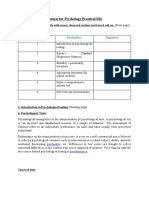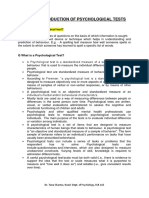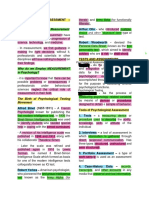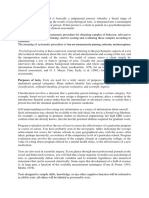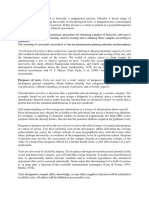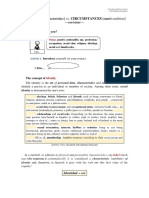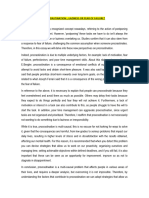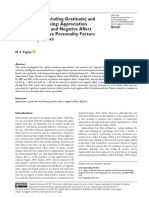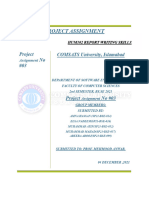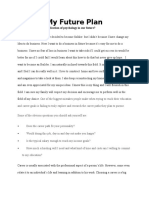0% found this document useful (0 votes)
18 views8 pagesIntroduction To Psychological Testing
Psychological testing involves the administration of standardized tests to measure various psychological constructs such as intelligence, personality, and emotional functioning. Tests are classified based on administration, behavior, and context, and must adhere to principles of standardization, objectivity, reliability, and validity. Applications of psychological testing include diagnosing mental disorders, assessing individual differences, and aiding in educational and industrial settings.
Uploaded by
mishra.shambhavi10Copyright
© © All Rights Reserved
We take content rights seriously. If you suspect this is your content, claim it here.
Available Formats
Download as DOCX, PDF, TXT or read online on Scribd
0% found this document useful (0 votes)
18 views8 pagesIntroduction To Psychological Testing
Psychological testing involves the administration of standardized tests to measure various psychological constructs such as intelligence, personality, and emotional functioning. Tests are classified based on administration, behavior, and context, and must adhere to principles of standardization, objectivity, reliability, and validity. Applications of psychological testing include diagnosing mental disorders, assessing individual differences, and aiding in educational and industrial settings.
Uploaded by
mishra.shambhavi10Copyright
© © All Rights Reserved
We take content rights seriously. If you suspect this is your content, claim it here.
Available Formats
Download as DOCX, PDF, TXT or read online on Scribd
/ 8




